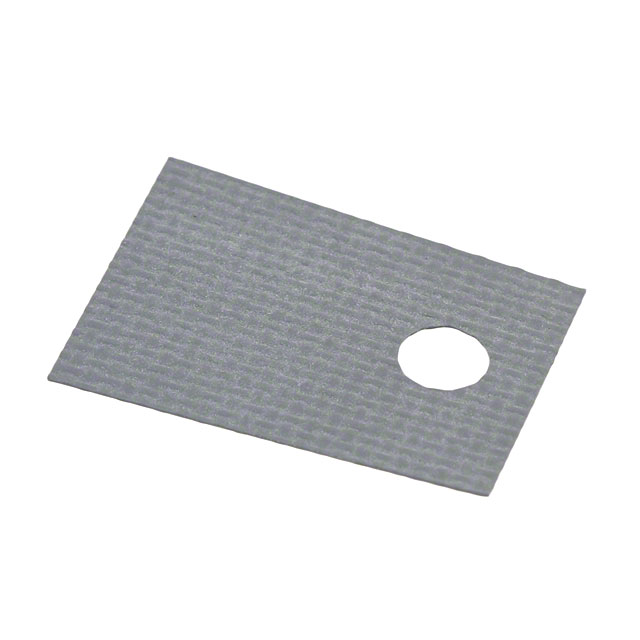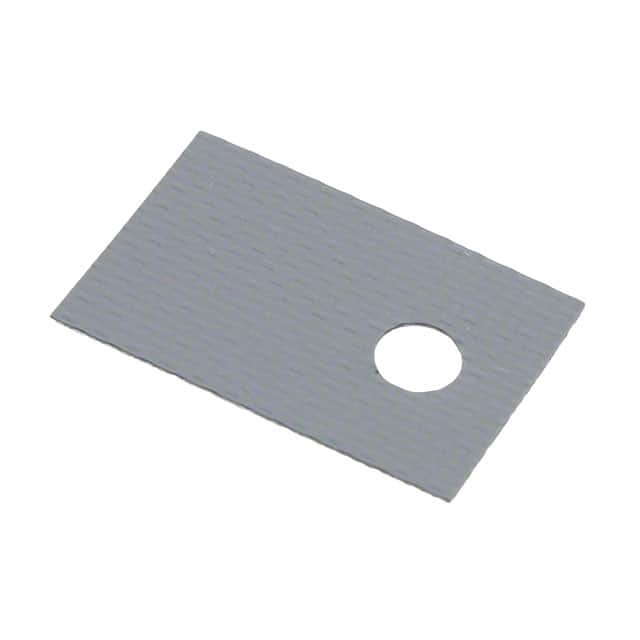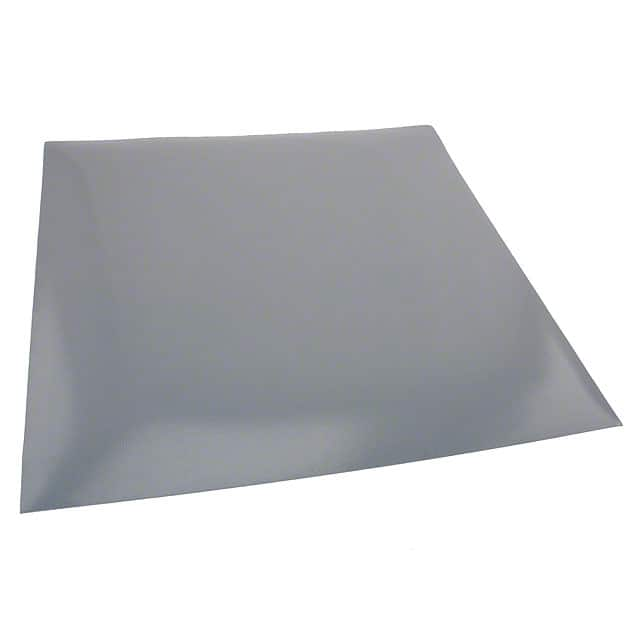DeltaPad™ 173-7 Series, Pads, Sheets
Results:
7
Manufacturer
Series
Outline
Type
Usage
Shape
Adhesive
Thickness
Thermal Resistivity
Color
Backing, Carrier
Material
Thermal Conductivity
Results remaining:7
Applied Filters:
DeltaPad™ 173-7
About Pads, Sheets
Thermal interface pads and thermal interface materials are designed to provide heat transfer between components and heatsinks. They are made from a variety of different materials and thicknesses, which determine their thermal conductivity and/or resistance. Some thermal interface pads and materials are coated on one or both sides with an adhesive to help maintain contact with the surfaces they are applied to. The main purpose of these thermal interface materials is to fill in small gaps and irregular shapes that exist between components and heatsinks. These imperfections slow down heat transfer, causing the component temperature to rise and decreasing performance. By filling these gaps, thermal interface pads and materials can enhance the efficiency of the interface's heat transfer, resulting in more effective heat dissipation. Thermal interface pads and materials can be made from a variety of materials such as silicon-based compounds, lubricant-like substances, phase-change materials, and synthetic graphite sheets. Each material has its unique combination of thermal properties, such as thermal conductivity and thermal resistance, which determine its effectiveness in promoting heat transfer. Thickness is also a critical factor that affects the thermal performance of thermal interface pads and materials. Thinner pads and materials typically offer lower thermal resistance and better thermal conductivity, while thicker pads and materials may have other advantages, such as better adaptability and less susceptibility to surface roughness. Some thermal interface pads and materials come with adhesive coatings, which serve several purposes. They enhance the contact between the thermal interface pad or material and the surfaces it is applied to, ensuring optimal heat transfer. Adhesives also help maintain the mechanical stability of the thermal interface pad or material, preventing displacement or separation caused by vibration or other external factors. In summary, thermal interface pads, thermal interface materials, and similar materials aim to improve heat transfer efficiency between components and heatsinks by filling in micro-imperfections. They use different materials and thicknesses, where each material provides specific thermal properties. Adhesive coatings help maintain contact and stability. By using thermal interface pads, thermal interface materials, and similar materials, significant improvements in overall thermal management in electronic devices can be achieved, resulting in improved performance, reliability, and lifespan.




